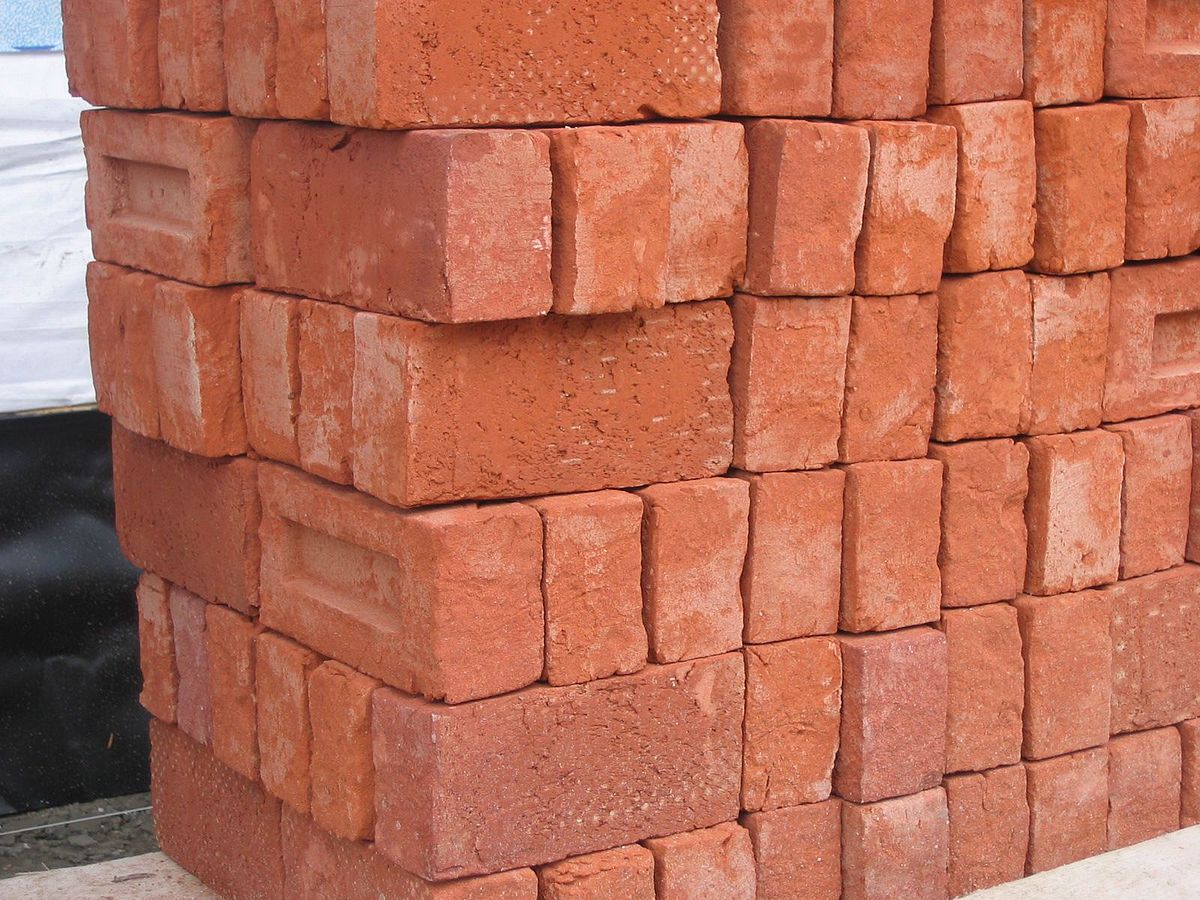Bricks are renowned for their durability, aesthetic appeal, and long-lasting nature, making them one of the top choices for building materials globally. People often have various inquiries concerning this material—such as the ingredients in bricks, their sturdiness, and the cleaning procedures. This blog offers comprehensive answers to these frequently asked questions regarding brick masonry https://brickwholesale.co.uk/ .
How Long Will A Brick Wall Or Structure Last?
According to the National Institute for Standards and Technology (NIST), brick masonry can last a century. However, brick structures are known to exceed this, with some even belonging to the list of the world’s oldest standing structures.
Are Bricks Considered A Green Building Material?
Yes, bricks are widely regarded as an environmentally friendly building material. They are crafted from abundant natural substances like clay and shale. With other natural resources dwindling, such as forests, bricks stand out as sustainable. Moreover, their longevity minimizes their ecological footprint through decreased rebuilding and repair.
About 80% of brick kilns operate on natural gas, and many have adopted the practice of using bio-based materials recovered from industrial waste. Additionally, bricks provide excellent insulation, reducing energy costs for heating and cooling, benefiting your finances and the environment.
Does The Color Of Bricks Start To Fade? If So, When?
Bricks are cherished for their natural red hue, and since they lack a painted exterior, their color remains constant. However, they might appear dirty over time, but proper cleaning can restore their original appearance. Avoiding power hosing is vital, as it may cause irreparable harm.
Should I Sandblast A Masonry Wall To Deep Clean Or Remove Ugly Paint?
Sandblasting can be highly detrimental to bricks, removing their outer layer and leading to cracks. If removal of paint or deep cleaning is required, opting for softer methods is advisable, even if it’s more costly or time-consuming. The consequences of sandblasting can expose the brick’s inner layers to weather, resulting in substantial damage.
What Is Brick Made Of?
Bricks are formulated from a blend of components, which explains the variations in their reddish shades. The typical ingredients are clay-bearing soil, sand, and lime kneaded together. Some bricks may also include concrete materials or expanded clay aggregate.
Are Bricks Fire Resistant?
Bricks are composed of non-flammable substances and are baked at 2000 degrees Fahrenheit, granting them fire resistance. While they won’t render a house entirely fireproof, they offer additional evacuation time and minimize the risk of extensive damage.
The National Institute of Standards and Technology and the Brick Industry Association (BIA) conducted fire tests to compare building materials. Traditional brick houses took a whole hour to be engulfed in flames, while some modern materials ignited within mere minutes.
To Wrap Up
Bricks offer a wealth of benefits, including longevity, environmental friendliness, aesthetic value, and fire resistance. They also require specific care and attention to preserve their intrinsic qualities, particularly in cleaning and maintenance. Understanding these aspects will enable homeowners and builders to make informed decisions and appreciate the enduring value of brick masonry.

